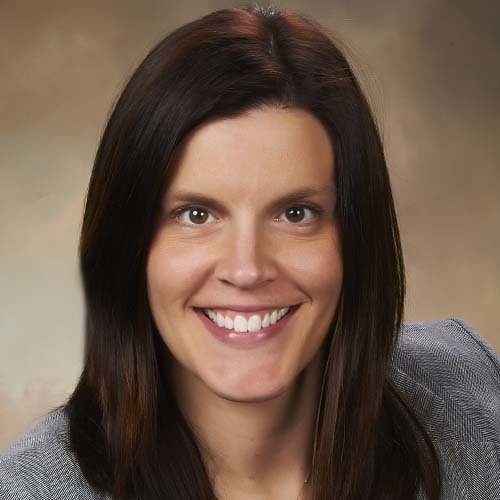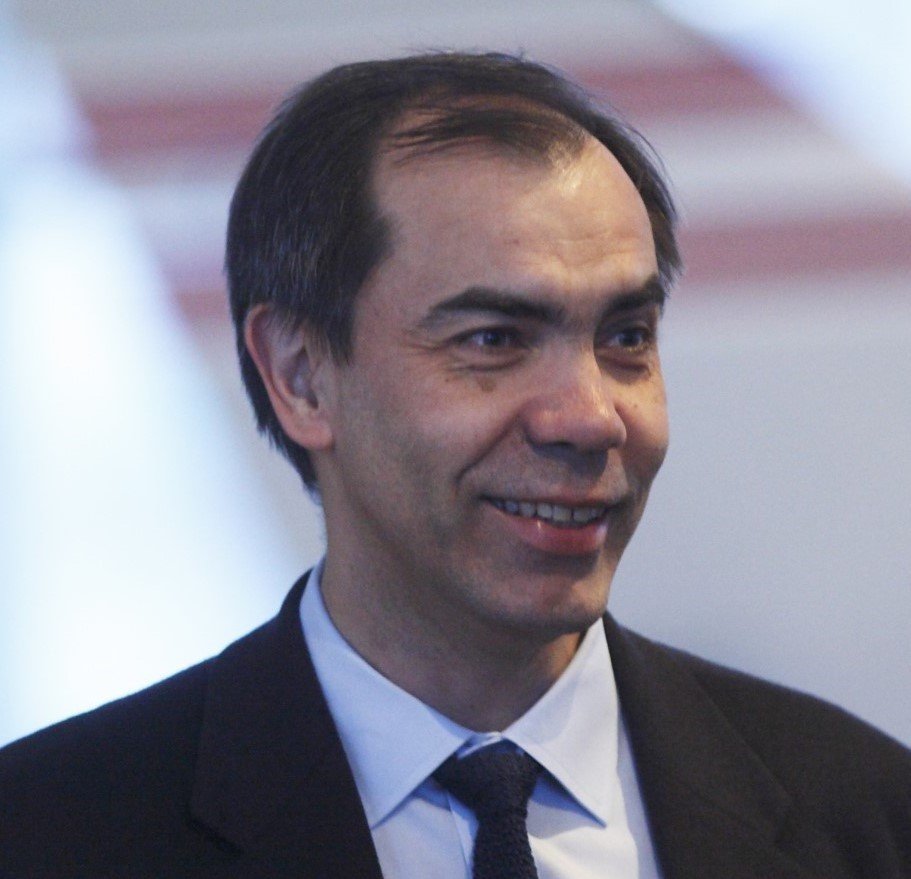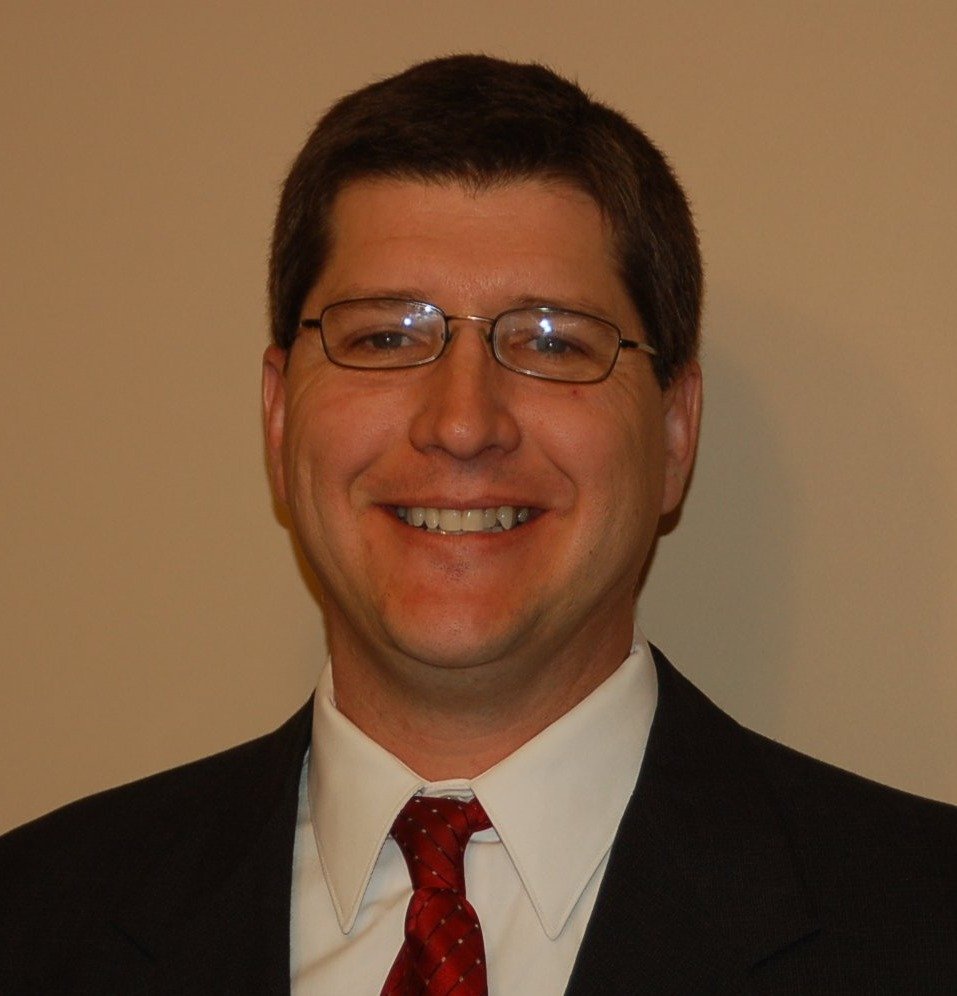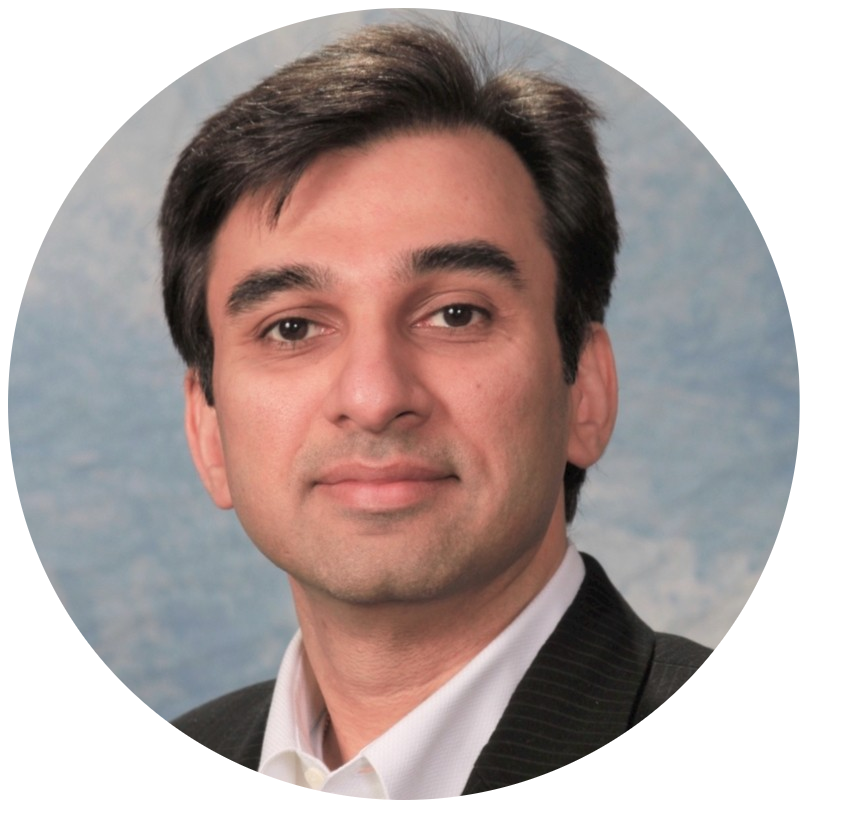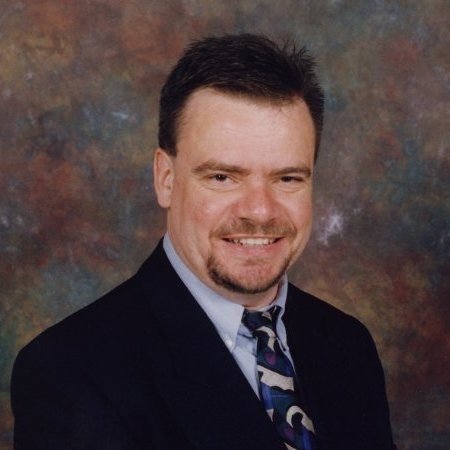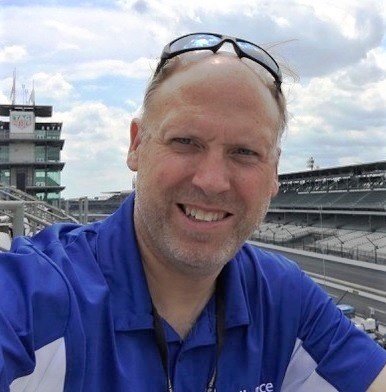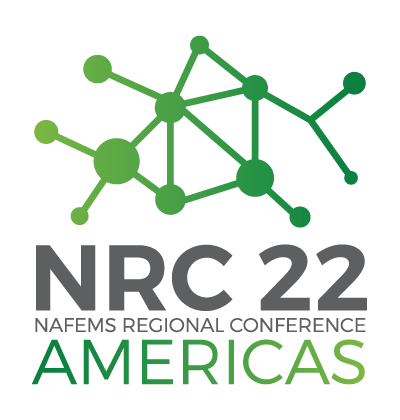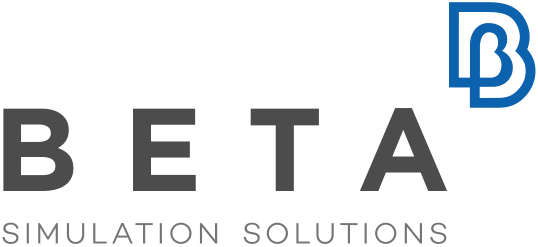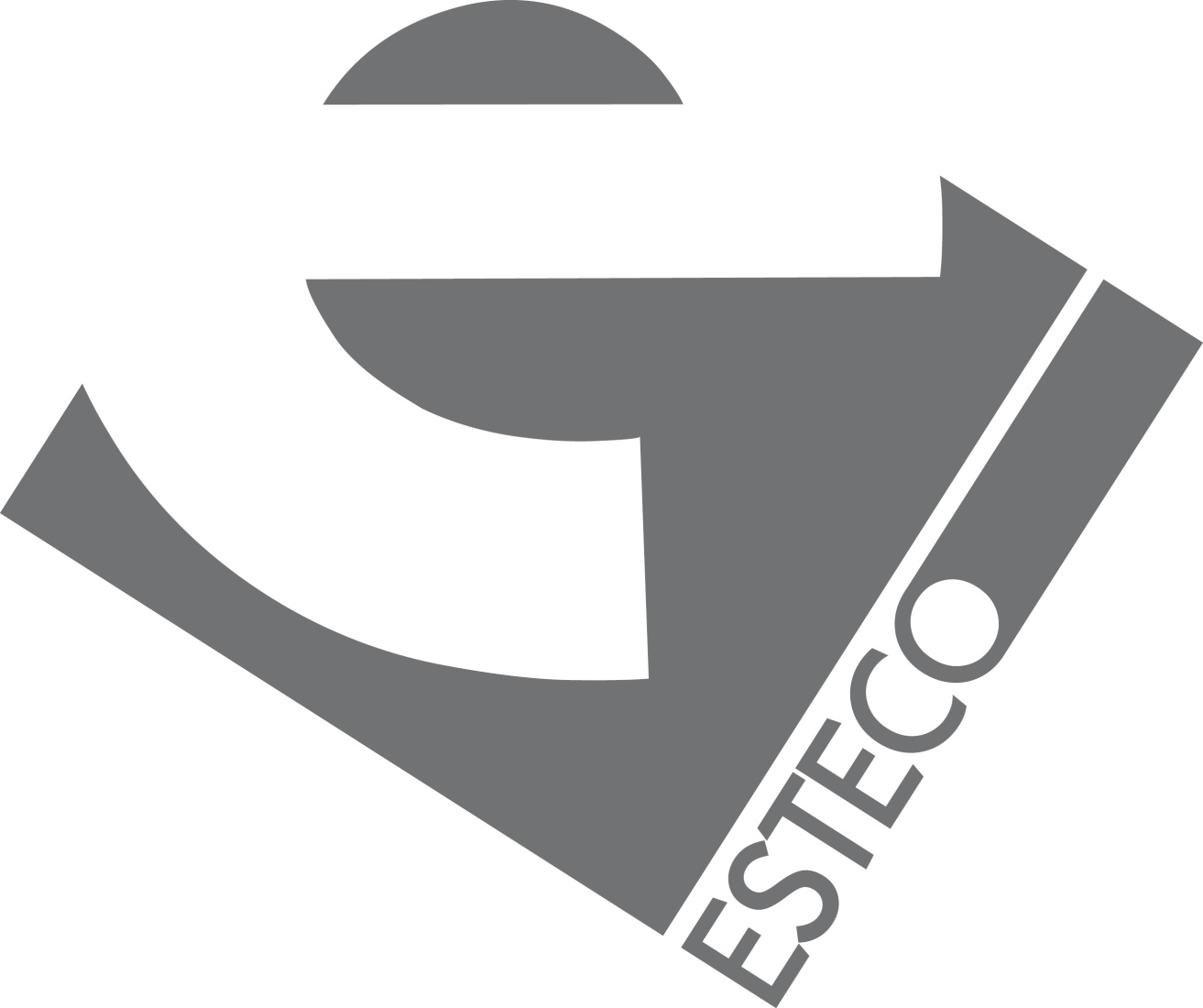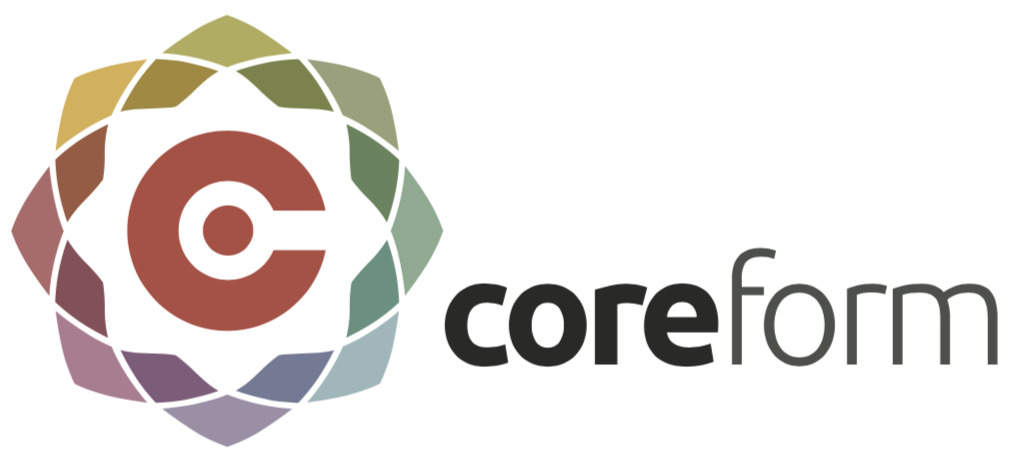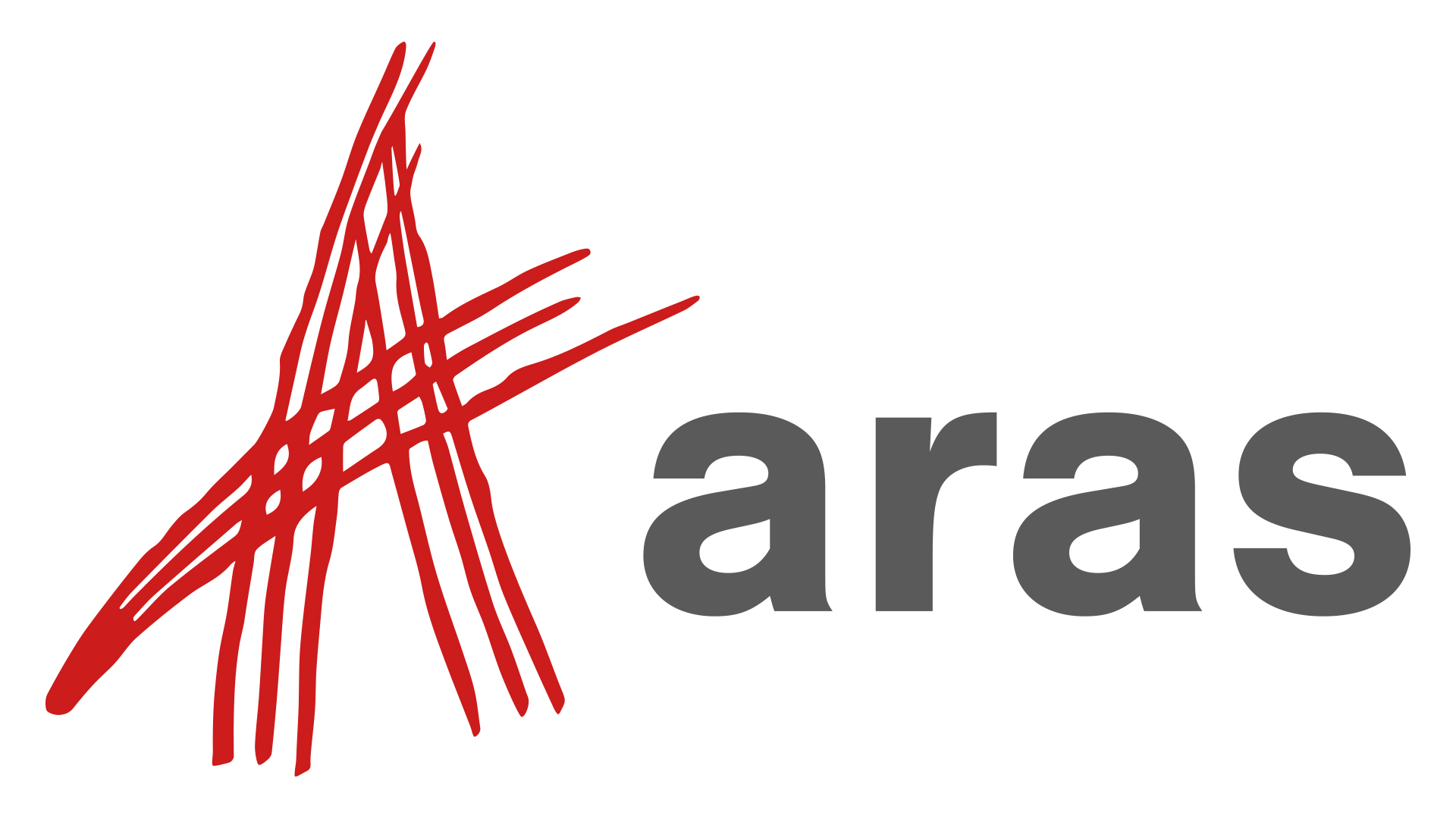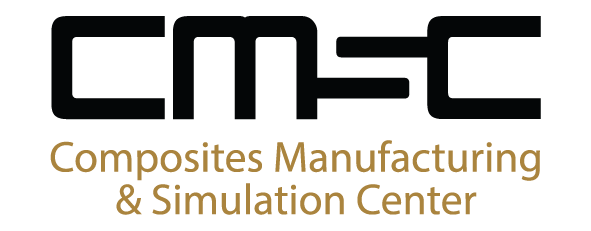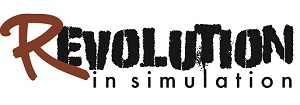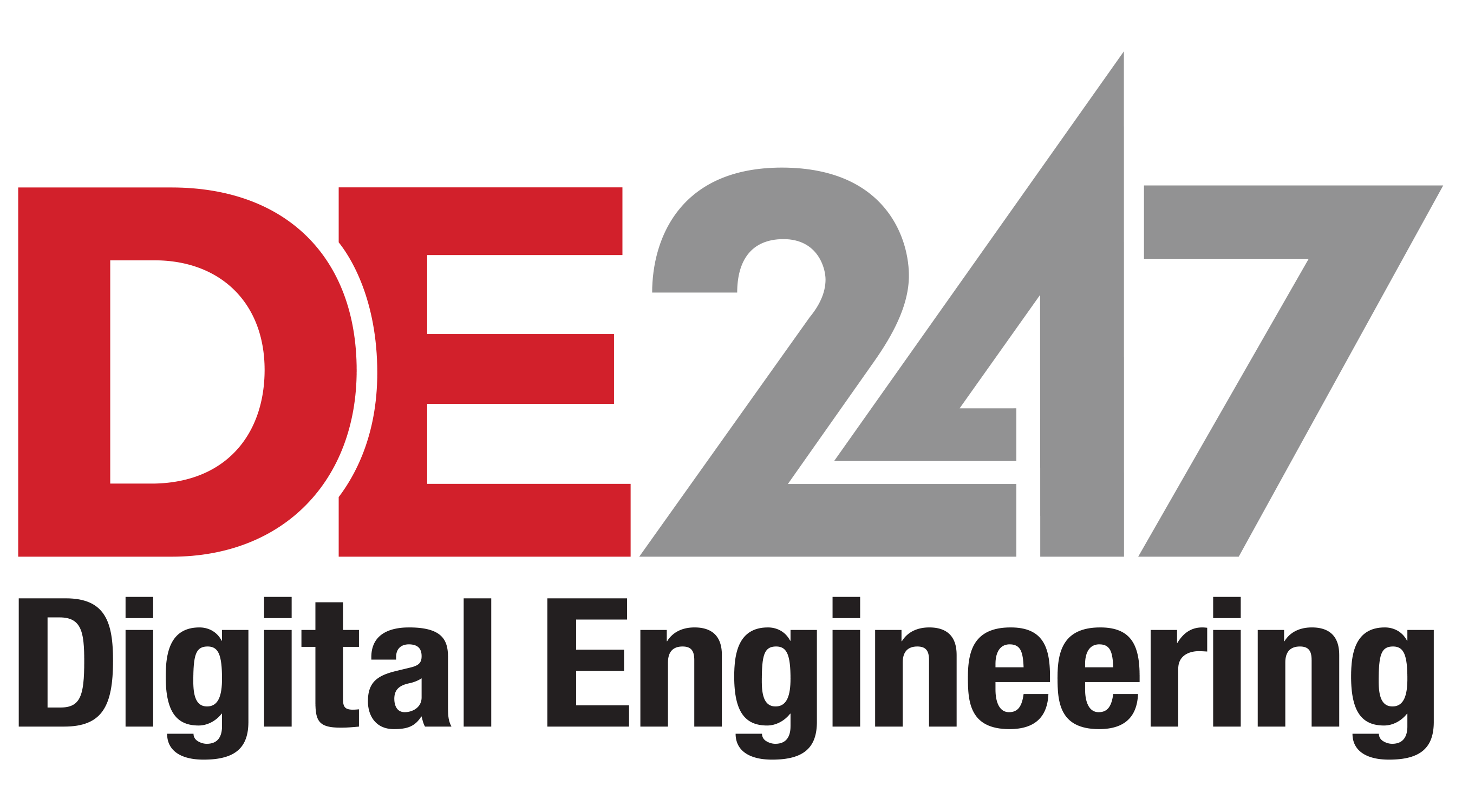Incorporating STEM, Diversity, and A New Role: Managing a Team of Simulation Experts
Diversity and Inclusion is an important and complex topic for companies. In this talk, attendees will learn methods of including diversity of thought and technical background onto their teams, with a particular focus and deep dive into understanding how to support and enhance careers for women in STEM. Lessons learned on transitioning to management of a modeling & simulation team from someone with a technical background outside of the M&S industry will also be discussed.
Jill Steffek has an engineering background in Materials Engineering. She began her career as a Materials and Process Engineer, working at John Deere and Oshkosh Corporation where she was responsible for conducting failure analysis, material selection, application, and process and procedure development.
Jill transitioned into engineering management, first leading the finite element analysis team before leading the modeling and simulation team at Oshkosh. Throughout her career Jill has been a passionate advocate for STEM engagement in students and their parents. She has held numerous roles within the Society of Women Engineers at the local and regional level. Jill is an advocate for diversity within STEM careers and was a founding leader of the Oshkosh Corporation Women’s Network and the Oshkosh Corporation Women in Product Development internal group.
Jill has a BS in Materials and Process Engineering and a MS in Mechanical Engineering - Polymer Science both from the University of Wisconsin Madison and a MS in Engineering Management from Milwaukee School of Engineering. She spends her free time with her husband, Mike, and her two young kids.
Optimization, Machine Learning, & Digital Thread in Structures: Perspective from Boeing
Machine Learning, Data Analytics, & Digital Thread have become buzz words in recent years; but are these methods actively and successfully used in the Structures technology domain? In this presentation, Vladimir will share his experiences and views on these topics, how they are utilized in Structures at Boeing and why their most effective implementation requires the use of optimization techniques. Vladimir will share misconceptions, frustrations, and successes with illustrative examples. As an invitation to initiate discussion, he will state possible directions where, in his opinion, Optimization, Machine Learning, & Digital Thread capabilities could continue growing to be more efficient and effective in structural applications. The presentation is dedicated to the memory of one of the founding fathers of structural optimization in the United States, Garret (Gary) Vanderplaats.
Dr. Vladimir Balabanov is a Boeing Technical Fellow. He promotes and applies Optimization, Design of Experiments, Machine Learning and related techniques to make structural components most efficient and effective. Before joining Boeing, Vladimir worked for 11 years for Vanderplaats Research and Development, Inc. (now Omniquest) developing the commercial optimization and integration software system VisualDOC, now used world-wide. Currently, Vladimir works in the Boeing Commercial Airplanes Structures Core group, where he organized the Optimization Technical Excellence Center as well as the Enterprise Structural Optimization Community of Excellence. Vladimir is chair of the American Institute of Aeronautics and Astronautics (AIAA) Multidisciplinary Design Optimization Technical Committee and the NAFEMS Engineering Data Science Working Group.
Changing a Product Development Culture from “Test Focused” to “Simulation-Led” - Sharing the Keys to Caterpillar’s Success in Achieving This Change
For over 90 years, Caterpillar Inc. delivered successful products to our customers, primarily utilizing test-centric product development processes utilizing physical prototypes. Although Caterpillar had tremendous simulation capability and had steadily become more dependent upon it, we had not leveraged simulation to its fullest extent. As a result, Caterpillar launched its Enterprise Simulation Strategy in 2013. One of the significant goals of this strategy was to transition Caterpillar from a “physical prototype” centered product validation culture to a “simulation-led” product development culture to secure the following benefits: increased engineering efficiency, decreased time to market, expanded understanding of our products, and the ability to fully explore design alternatives. In 2021, the Enterprise Simulation Strategy demonstrated that it has successfully changed Caterpillar’s product development culture! This presentation will share some of the key actions, successes, and challenges that Caterpillar has experienced over the last 8 years while successfully changing its product development culture.
Darrel has worked for Caterpillar since 1997. He has experience testing physical prototypes from components to full machines. He is known for successful delivery of projects and his business acumen.
In 2021, Caterpillar acknowledged that the Enterprise Simulation Strategy was successfully completed. Darrel is now focused on leading a “centre-of-expertise” providing simulation services to product teams. He is also leading an enterprise-wide project which is a critical enabler for successfully delivering one of Caterpillar’s strategic technology priorities.
Darrel has a BSME from the Indiana Institute of Technology, Ft. Wayne, IN and an MBA from the University of Arizona in Tucson, AZ.
Darrel’s free time is spent with his wife, Carrie, and their 4 children. They raise beef cattle and enjoy outdoor adventures including riding dirt bikes & ATVs and water & snow skiing. They perform repairs on their equipment and enjoy restoring antiques- currently restoring a 1927 Ford pickup.
Digital Innovation for Sustainable Future: Simulation Capabilities to Drive Growth
Building a sustainable future through material innovation continues to be the strategic mission of Owens Corning. For past 85 years, Owens Corning has been an industry leader in developing glass fiber reinforcement-based solutions that are used in variety of market segments, including composites, roofing shingles, and residential/commercial insulation. In light of secular trends around changed construction practices and lack of skilled labor, demand for sustainable solutions, and growth in infrastructure, there is more need than ever to look for new ways to innovate, manufacture, and sell product solutions. At Owens Corning, we are constantly developing new capabilities of modeling and simulation to strengthen our core around glass fiber technology and to grow in infrastructure markets through PinkTank™- our design center of excellence. This keynote presentation will highlight our journey of developing simulation capabilities that are essential for digital innovation in a building materials enterprise. The case studies will showcase how the fundamental understanding of material behavior, coupled with characterization tests for material data cards and relevant data for validation of results, creates success for simulation led innovation.
Dr. Amol Vaidya is the global director of innovation for Composites Glass Reinforcements (GR) platform at Owens Corning, a world leader in insulation, roofing, and fiberglass composites. In his current role, Amol leads a global diverse team that is accountable for developing, executing the innovation strategy in Building and Infrastructure. Amol is a founder and director of PinkTank™ which is Owens Corning’s design and modeling service. Amol is also co-leading Digital Transformation efforts to build a robust digital platform for Science & Technology. In his 11 years at Owens Corning, Amol has served in various roles for establishing Advanced Modeling capability, leading Center of Excellence for Applications, Testing & Modeling, fiberglass rebar technical development, new product development and digital applications. Amol is also part of American Composites Manufacturer Association (ACMA) for developing technical codes to bring standardization in composites industry. Amol earned his Bachelor of Science in Civil Engineering from India and his Master of Science and PhD from the University of Alabama at Birmingham with focus on Structural Composites.
Connected and Data Driven - Model Based Systems Engineering, Simulation and System Adaptation
Ford Motor Company is committed to helping build a better world, where every person is free to move and pursue their dreams. The company is pursuing leadership positions in electrification, connected vehicle services and mobility solutions, including self-driving technology. Critical to achieving these aspirations is the ability to effectively leverage our global team’s diversity, technical expertise, and local market know-how. This presentation will describe a “connected model-based systems engineering and simulation framework” used to support global collaboration and agile development. It will provide some EV & ADAS examples where MBSE, Simulation, AI/ML and the digital thread have been designed to leverage a “judicious-amount” of standards and ontologies that provide a scalable development framework that unifies teams and supports their ability to execute agile development. The presentation will also discuss the lessons learned from defining and leveraging “just enough” ontologies, standards, and AI/ML within a scalable process tasked with the innovation and design of complex system-of-system solutions.
Christopher Davey holds the position of R&A Global Manager for Systems Engineering, System Safety, Modelling & Simulation. He has degrees in Controls, Advanced Systems Engineering and Engineering Business Management. Christopher has over 30 years of automotive experience, working in European and North America with leadership positions in R&A, Product Development and Vehicle Programs. He has a passion for Systems Engineering and its application to solve difficult and meaningful problems. He currently leads the application of SE, Safety and Simulation to advanced ADAS, AV and EV systems. He recently led the prototype controls systems development for the Ford F150 Lightening and Mustang Mach-E Electric Vehicles. Mr. Davey also developed and deployed Ford’s global In-Vehicle Software Releasing & SW Updates solution for assembly plants and dealerships. He designed and deployed an industry first digital-thread based - Global Vehicle Systems & Software Engineering Management solution (VSEM). He served as a US expert developing the ISO26262 standard, leading the deployment of ISO26262 & Safety of the Intended Function solutions at Ford. Mr. Davey is a member of INCOSE and IET, a Professional-Chartered Engineer with 25+ patents and a regular contributor to NAFEMS.
Practical Implementation of Digital Twins for Today and Tomorrow
The goal of the digital twin across the product landscape is becoming a reality for many industries. However, with the overall vision of a completely digital thread throughout the value stream in place, there are certainly factors influencing the development, deployment and use of the technologies that enhance or limit the overall effectiveness. There still remains the question from company boards ‘How do we make money from digital twin technology?’ The presentation will address that question by providing examples of successes and disappointments within our capabilities and product landscape. Specific examples include physics based simulation technology, design automation activity and behavioral issues such as the reluctance sometimes to fully embed uncertainty quantification techniques in the design and the digital twin. A look into the future focuses on pragmatic details we all can focus on to drive the technology forward.
Steve is currently the Lead for Aerothermal and Functional Design at Rolls-Royce in addition to holding his Senior Fellow position. In this role he leads an aerothermal research, technology and capability across Rolls-Royce. Steve joined Rolls-Royce in 1996 after obtaining his PhD in Mechanical Engineering from Iowa State University. Working first in methods, his responsibilities included the development and implementation of advanced three-dimensional viscous flow analyses tools for multistage turbomachinery design. Putting those tools into practice, he moved into aerodynamic design and was directly involved with over a dozen turbomachinary configurations. Throughout his career, Steve has driven simulation throughout engineering and in 2013 he took the role of the Head of Design Systems Engineering for all of Rolls-Royce. The team was responsible for the development, deployment, support and maintenance of computational design systems which enabled faster and more accurate prediction and optimization of performance and cost attributes of Rolls-Royce products. These systems include disciplines such as Finite Element Analysis, Computational Fluid Dynamics, Cost Engineering, Materials and Process Modeling, and Automated Design Methods. Steve was also the Director of DaVinci (Design and Validate in the Computer Investment), which was a program to develop and deploy virtual engine technology within Rolls-Royce. Steve has been lucky to perform and fund research with several US and European universities and continues his close relationship with these institutions by lecturing often to both undergraduate and graduate students. He has also workes closely with US government agencies. Steve is a member of ASME, AIAA and RAeSoc and has received several team and individual awards, including the Royal Aeronautical Society Gold Award.
Steve is married to Stephanie, who is also an Iowa State University alum. They have two boys, Owen and Evan, who are both gainfully employed. The family loves spending time relaxing at the lake house, or at the track watching the Indy cars fly past.

